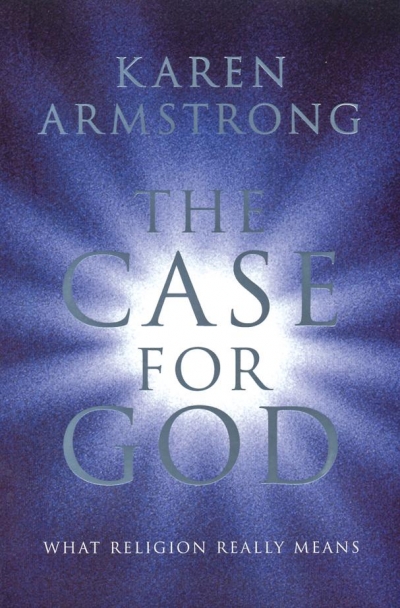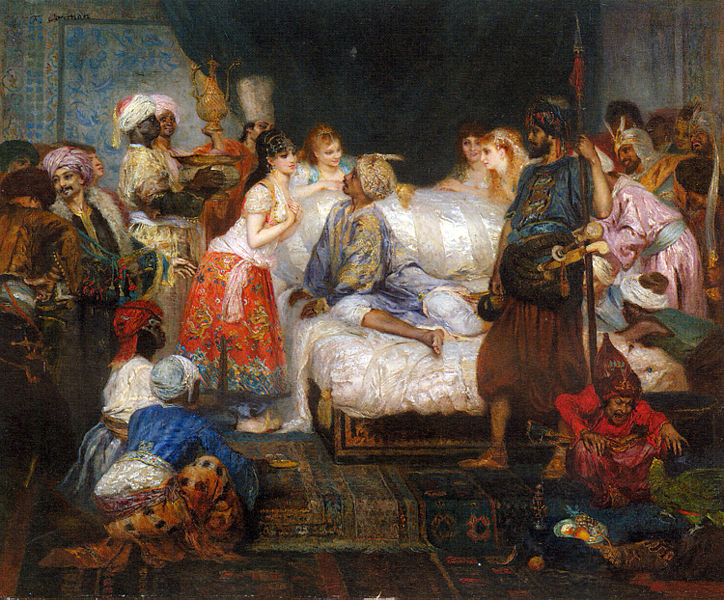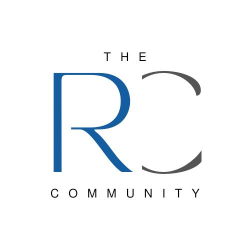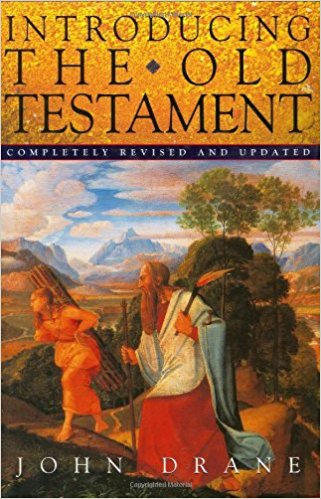Reading ‘The Case for God’ is like being thrown into a treasure trove and asked to take your pick. You would be spoilt for choice. Yet in the midst of it all, there is a concept Karen Armstrong addresses that shines forth and is almost impossible to ignore. It’s her analysis of faith, its universality, origins and what it has come to mean.

Armstrong explores the origins of faith as a system of living influenced by religion and how the Jewish Rabbis applied their minds to reading and reinterpreting the Torah in order to bring transcendent meaning. If the words didn’t fit the spirit of the concept “do unto others what you would have them do to you”, if they didn’t promote love or move one to charity, they would go back to the interpretation-drawing-board and start again. This birthed exegesis and great exegetes that penned Jewish sacred texts like the Talmud and Midrash. For them, faith was in the practice of the Torah and the outcome this practice would elicit.
Early Christianity was similar. The early Christians believed that the concept of faith was “allegoric” and a “mystery” and it required a doing to bring it to life and give the feeling of ekstasis required of one who truly believed. According to Theodore, Bishop of Mopsuestia in Cilicia from 392 to 428 “When you say ‘pisteuo’ [‘I engage myself’] before God, you show that you will remain steadfastly with him, that you will never separate yourself from him and that you will think it higher than anything else to be and live with him and to conduct yourself in a way that is in harmony with his commandments.”
Islam also shared this concept. It asked its followers to “walk gently on earth” and to evaluate how they treat their fellow man or woman. A calling to imitate Allah “by looking after the poor compassionately, freeing their slaves and performing small acts of kindness on a daily, hourly basis” in order to “acquire a responsible, caring spirit, purging themselves of pride and selfishness.”
Armstrong explores the origins of faith as a system of living influenced by religion.
What this means is that the modern concept of belief was never a factor in faith as originally intended; irrespective of religious persuasion. Faith was not a declaration of belief in the Divine but it needed to be practiced, lived and experienced for it to be real. Imagine what this analysis would do to the modern day Christian Pentecostal movement, which tends to focus more on belief than works. It would implode decades of established dogma and cause people to realise that the things they do here on earth with and to the people around them, i.e. works, matter more than an expression of allegiance to camp Jesus.
From the introduction through to the epilogue, Armstrong discusses how generations struggled to grapple with this complexity called religion. According to her, humans are so constituted that periodically we seek out ekstasia, a stepping outside the norm which enables us “inhabit humanity more fully than usual and experience an enhancement of being.” This is where religion found its place and for those who did not find ekstasia in religion, it was found in music, dance, art, sex, drugs or sport.
From the earliest discoveries of man, she illustrates how man has attempted to connect with something or someone bigger. Our Palaeolithic ancestors in the Stone Age, some 17,000 years ago expressed this with their intricate paintings engraved in near inaccessible caves and labyrinths and today the religious express it in faiths and Eastern Philosophies such as Christianity, Islam, Judaism and Buddhism.
Although religion was borne out of the universal need for ekstasia, it was not appreciated by everyone and this brought about conflict between religious thinkers and philosophers, scientists and secularists – the most popular and perhaps still persistent is the conflict between religion and science, especially as it relates to creation and evolution. Armstrong delivers with great aplomb, insight into how these differences arose and the numerous arguments that were made for and against them. She also provides deeper understanding of how these conflicts have come to affect the world we live in today and how they birthed the concept of fundamentalism – which is usually a dramatic response to a challenge, conflict or ideal.
More importantly, society became increasingly built around secularism and the isolation of faith from public life. Unfortunately, fundamentalist thought continued to rise, whether religious or secular, and the problem with the fundamentalist movement and ultimately the fundamentalist mindset, she proposes, is the belief that there is only one way of interpreting reality – an inability to see from another’s perspective and to learn from scholars and thinkers that have gone before.
What would benefit religion, atheism and secularists is to sit down, talk to and understand each other in order to dismantle ideas, dogma and theology that has now become idolatrous.
This quote from the epilogue sums up the entire book and Armstrong’s take on religion.
“From almost the very beginning, men and women have repeatedly engaged in strenuous and committed religious activity. They evolved mythologies, rituals and ethical disciplines that brought them intimations of holiness that seemed in some indescribable way to enhance and fulfil their humanity. The point of religion was to live intensely and richly here and now…”
She concludes that in the past people of all manner of beliefs were open to different truths. Jews, Muslims and Christians learned from each other and even from the pagan Greeks who sacrificed to idols. Also science & religion were not always at logger heads and scripture in whatever form it existed (Quran, Bible, Torah) was not always interpreted literally nor rigidly. Today we have almost the opposite and it is “perhaps time to return to a theology that asserts less and is more open to silence and unknowing.”
That conclusion borrows from Socrates – that what would benefit religion, atheism and secularists is to sit down, talk to and understand each other in order to dismantle ideas, dogma and theology that has now become idolatrous. That we undertake a process of non-violent dialogue that would encourage self-examination, an emptying of self and hopefully a turning around from the religion-related conflict, division and destruction that we see all around us in the world today.
Complex. The one word that Armstrong uses to describe God and the only one that succinctly describes this book. It is not a facile discussion based on the concept that God and religion are easy and readily accessible; so buckle up before taking the plunge. It may be complex, but it’s worth it.


